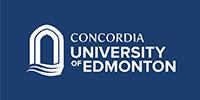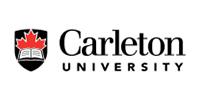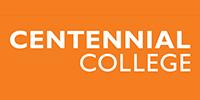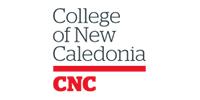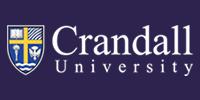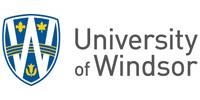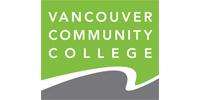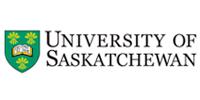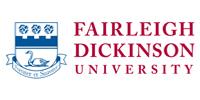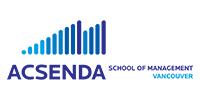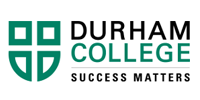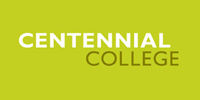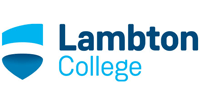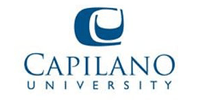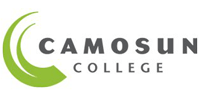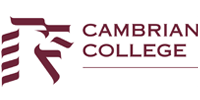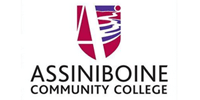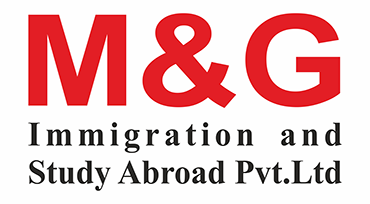According to the latest statistics, the number of study permit holders in Canada from 2000 to 2021 at year’s end was 621,656 students. There are currently 621,565 international students, across all study levels, who have study permits in Canada. It is also imperative to say that Canada is increasingly reliant on temporary foreign workers that help in filling labor shortage gaps. Every year the country sees a seven-fold increase in the number of TFW’s from 111,000 in 2000 to 777,000 in the year 2021.
With these growing numbers, earlier this year Canada’s Parliament agreed to a motion for an urgent need to create a plan for a new immigration pathway that will help temporary workers and international students who are already in Canada to easily get permanent residents.
Accordingly to the Minister of Immigration, Sean Fraser there will be no new immigration program for workers and students in Canada, instead, he has proposed an expansion or adjustments in the already existing pathways. The following are some of the major takeaways:
In order to help temporary workers and international students who wish to say in Canada permanently the plan outlines five major pillars in the move to expand the transitions to permanent residence. These will in effect ease the transitions.
Pillar 1: Record-high immigration targets to be utilized well
Canada, with a record-high target for permanent immigration plans to admit more than 430,000 new permanent residents and will be expected to increase to more than 450,000 by the year 2024. Suggesting these numbers, Minister Fraser proposes to use these increasing immigration targets as the best opportunity to provide Canada with a larger permanent labor supply.
Pillar 2: Major need to reform the Express Entry System.
A major overhaul in reformation to the Express Entry System is proposed that will allow responding to labor market needs and regional economic priorities. According to this the immigration department will be reviewing the CRS points awarded for each factor and will prioritize more points for factors related to in-Canada experience.
Pillar 3: Improve existing permanent Immigration programs for high-demand occupations.
The minister has also outlined four major plans to help improve the transition from temporary to permanent residence.
- Introduction of the new National Occupational Classification Code for 2021 to expand eligibility to certain in-demand occupations within a number of immigration programs.
- Improve newcomers’ access to information regarding qualifications and provincial supports
- Explore better ways to transition essential workers who are in high demand.
- Improve pilot programs for in-home caregivers and agri-food workers in order to better help these workers transition to permanent residences.
Pilar 4: Improve Support communities.
This pillar reiterates the efforts and commitments of the federal government to work in collaboration with provinces and territories to optimize the PNPs.
According to this plan, it will roll out better efforts to support Francophone minority communities, outside Quebec, through measures aimed at meeting the 4.4% French-speaking immigration target by 2023 and seconding
To create a new Municipal Nominee Program(MNP) in order to help municipalities to attract and retain newcomers to address local needs.
Pillar5: Increase the processing capacity for immigration applications.
It is this area that has seen Canada falling behind its processing standards for immigration applications and hence an extensive plan has been set up to bring it under control. It will see huge hiring of 1250 new employees for IRCC which will see improved processing times.
Final thoughts: It is undoubtedly clear that Canada is all set to have a major change in immigration procedures and if successful then it will have a very large and much-desired positive impact. It will see the ability for temporary workers and international students in Canada to easily transition to permanent residence thereby also benefiting the country with a huge labor force.































